A greener way forward

Craig Eadie, Managing Director at Straightline Consulting, explains how commissioning can make buildings greener.
The real estate sector has a substantial role to play in the green transition. In the UK, the built environment accounts for 25% of the country’s carbon footprint, and finding ways to cut emissions across the board will be critical to the nation’s environmental ambitions. This challenge is divided into embedded and operational carbon. Embedded carbon refers to the environmental impact of the materials involved in construction, and the operational carbon footprint of a building is the sum of all the carbon produced over its lifetime use, which could easily be 50 or more years.
For large power users in particular, finding new ways to draw down operational emissions is critical to decreasing their overall carbon footprint. The average business in the UK uses between 15,000 and 25,000kWh of energy a year. The nation’s largest power users, including data centres and manufacturers, can use more than 65,000kWh of gas and 50,000kWh of electricity per year. Ensuring sites are designed to the highest standards of efficiency and sustainability is essential — not just as a matter of sustainability, but of cost containment.
The UK pays some of the highest prices in the world for its power, and a scant few percentage points’ difference in efficiency when it comes to heat retention or cooling, can have a massive effect on both Scope 2 emissions and the bottom line.
Sustainable design
Increasing energy efficiency and maximising renewable energy use is probably the highest priority when it comes to pursuing more sustainable design. Smart site selection — including reusing existing buildings and developing brownfield sites, or selecting a facility’s location based on local climate or its proximity to renewable power generation — can help reduce both embedded and operational emissions.
Also, adopting passive design principles and using a fabric-first approach greatly reduces the need for mechanical heating or cooling, with building services integrated early in the design process to optimise outcomes. More broadly, materials should be selected in a way that minimises carbon emissions, resource use and pollution.
Sustainable design also means considering a building’s operating and maintenance requirements across its lifecycle. Perhaps most importantly, contractors, facility managers and occupiers should have a deep understanding of the sustainable design features.

Successfully implementing sustainable design practices in a building is an increasingly complex, high-stakes process. With so many moving parts and intersecting (sometimes conflicting) strategies at play, mistakes are something designers and builders can’t afford. That’s why commissioning is so important.
Verify and validate
Cutting emissions means not cutting corners when it comes to buildout. And commissioning helps ensure that design and execution are in alignment. When a company like Straightline commissions a project, the builder brings us in as an independent party to interrogate the design and make sure everything is working as it should. During construction and delivery, we verify and validate that the design is being installed in accordance with the plan and that it performs as intended.
Sustainability metrics are now becoming more common and more important to modern buildings, and sustainable design decisions add new layers of design complexity to each project.
Complexity doesn’t mean that designers should shy away from sustainability, as long as they’re utilising the right commissioning partner from the start.







